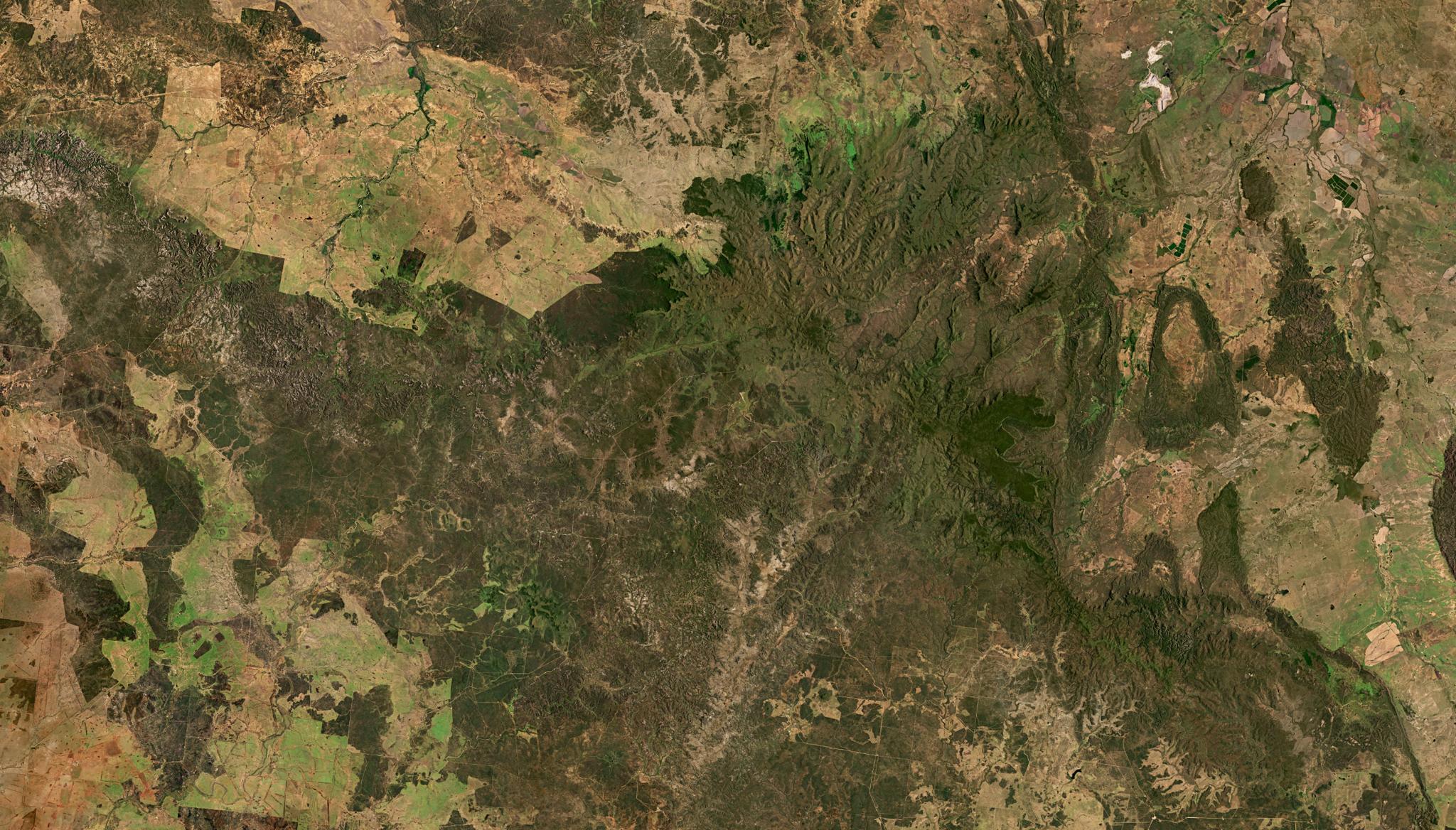Researchers use Planet Satellite Data to Monitor Bat Habitat and Study Virus Spillover
Due to the devastating impacts of COVID-19, citizens around the world are now familiar with the global health challenges caused by virus spillover events – when a pathogen travels from one host species to another such as a bat to a human. As human populations continue to grow and move into wildlife habitat, there is an increasing number of opportunities for virus spillover events to occur. A science lab led by Dr. Nita Bharti at Pennsylvania State University is studying the ecological processes and habitat dynamics that generate spillovers. Kelsee Baranowski, a doctoral student within the lab, is using Planet satellite data to evaluate the Hendra virus found in fruit bats in Australia. Hendra virus was first detected in 1994 when the virus passed from bats to over twelve horses and their owner, killing each of them. Currently, there is no documentation of human-human transmission of Hendra virus, but the disease manifests strongly enough in horses to transmit to humans, causing fatalities in a handful of individuals thus far. To prevent future spillover events, Baranowski is using satellite data, including PlanetScope imagery, to map and quantify bat habitat loss to predict locations at risk of spillover events. “I’m looking at where these bats and their native resources are through time,” Barowski said. “I have really amazingly detailed maps that allow me to track individual diets and species to see how their abundance distribution has changed. I can see where important food sources still remain and use this data to model where the bats are likely to roost.” The full article on this current study can be found through Penn State’s Eberly College of Science.

Ready to Get Started
Connect with a member of our Sales team. We'll help you find the right products and pricing for your needs


